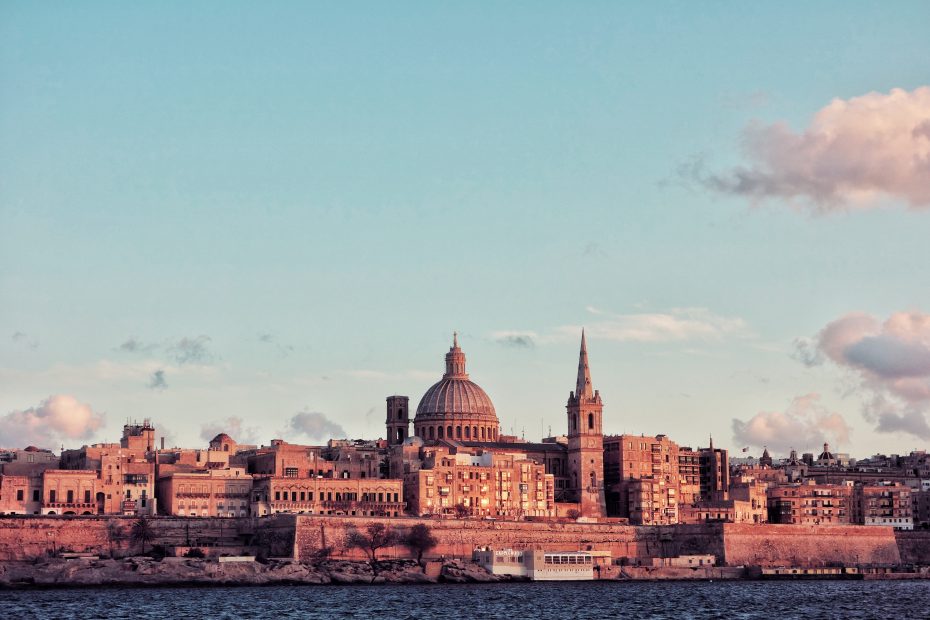Table of Contents
Introduction
Nestled between Sicily and North Africa in the Mediterranean Sea, the archipelago of Malta boasts a storied history stretching back over 7,000 years. Various civilizations have left their mark on these small islands, from the ancient Phoenicians and Romans to the Knights of St. John. This diverse past has endowed Malta with a rich cultural heritage visible through its many archaeological sites, architecture, traditions, and cuisine. From megalithic temples to Baroque cathedrals, sandy beaches to fortified cities, Malta offers visitors the chance to step back in time while also enjoying its spectacular natural beauty.
Ancient Temples
Some of the world’s oldest free-standing structures can be found on the islands of Malta and Gozo, testaments to the archipelago’s extensive prehistory. On Malta, the Ġgantija Temples on the island of Gozo are estimated to date back to 3600-3200 BCE, making them older than Stonehenge or the Egyptian pyramids. Built out of enormous limestone slabs, the two temples are dedicated to a fertility goddess worshipped by Malta’s Neolithic inhabitants.
Equally fascinating is Malta’s Hypogeum of Ħal-Saflieni, an underground complex of chambers hewn from rock that was used as a sanctuary and necropolis by temple builders between 3600-2500 BCE. This UNESCO World Heritage site provides insight into the earliest Maltese settlers and their ritual practices.
The Tarxien Temples, constructed between 3150-2500 BCE, are renowned for their rich stone carvings depicting domestic animals and spiral designs. They attest to the artistic skills and spiritual beliefs of Malta’s prehistoric temple culture.
Fortified Cities
Later civilizations left their mark by building defensive fortifications and settlements. On the sister island of Gozo, visitors can explore the imposing Citadel that dominates the capital city of Victoria. This strategic site has been fortified since the Bronze Age, and the city today is surrounded by mighty walls.
On Malta, the coastal fortresses of the Knights Hospitaller are some of the island’s most iconic landmarks. Fort St Elmo guarded the entrance to the Grand Harbour in Valletta, and successfully withstood the Great Siege of 1565 when the Ottomans attacked. Nearby Fort St Angelo protected the neighboring town of Birgu, and dates back to Roman and medieval times.
Baroque Architecture
After the Great Siege, the Knights of St John set about building a new fortified capital at Valletta. The city became a center of Baroque architecture, with palaces, churches and mansions featuring ostentatious decoration. The richly ornamented St John’s Co-Cathedral was built by the Knights between 1573-1578 as their conventual church, and contains art masterpieces by Caravaggio and Mattia Preti.
The Grandmaster’s Palace, once the residence of the Knights’ governing leader, displays Baroque art and armor collections. Another aristocratic mansion open to the public is Casa Rocca Piccola, which reveals the lifestyle of a Maltese noble family since the 16th century.
Natural Wonders
Beyond its history, Malta boasts striking natural beauty in its seascapes and landscapes. The most famous is the Blue Lagoon on Comino island, whose crystal clear turquoise waters are perfect for swimming and snorkeling. Dramatic coastal cliffs plummet down to the sea at Dingli Cliffs on Malta’s western shores. Sandy beaches and calm waters can be found at Għadira Bay, ideal for families.
Local Traditions
Various festivals and traditions enliven the Maltese islands year-round. The local festa celebrations held in each village honor the patron saint with religious processions, fireworks, brass bands, and food stalls. Malta and Gozo are also known for their traditional lace making, still practiced by local artisans today.
Malta has a rich musical heritage, which can be experienced during folk performances where dancers wear traditional għonnella costumes. The żaqq and għana are two typical musical forms that accompany the dances.
Cuisine
Maltese cooking blends Sicilian and North African influences using local ingredients. Savory specialties include rabbit stew, made with tomatoes, onions, wine and herbs. Pastizzi are traditional pastries filled with ricotta or mushy peas. No meal is complete without ħobż biż-żejt, crusty bread dipped in olive oil, often accompanies dishes.
Conclusion
From prehistoric temples to the fortified cities of the Knights, Malta’s diverse history and culture is etched into its very landscape. The archipelago’s natural beauty, local traditions, and distinctive cuisine add to its rich offering. By preserving its heritage while progressing as a modern nation, Malta continues to capture the imaginations of visitors seeking to discover its abundant layers of intriguing history.
FAQs
Where are the best places to see ancient temples in Malta?
The UNESCO World Heritage Sites of Ġgantija on Gozo and the Hypogeum and Tarxien Temples on Malta offer the top ancient temple complexes to visit.
What is Malta’s architectural style known for?
Malta is renowned for its Baroque architecture, which flourished under the Knights of St John. The elaborate designs can be seen in churches, palaces and mansions across Malta.
What natural sites are a must-see in Malta?
Top natural attractions include the Blue Lagoon on Comino, the Dingli Cliffs on Malta’s west coast, and Għadira Bay’s scenic sandy beach.
What are some quintessential Maltese dishes?
Typical foods in Malta draw from Sicilian and North African cuisine, like rabbit stew, pastizzi pastries, and ħobż biż-żejt (bread dipped in olive oil).
How can tourists experience local traditions in Malta?
Visiting during festa celebrations, watching folk music and dance performances wearing għonnella costumes, and seeing lace making demonstrations allow tourists to witness Maltese traditions.
